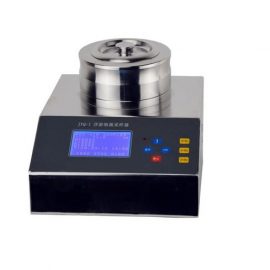What Is the Comfort Dew Point and Why Does It Matter?
What Is the Comfort Dew Point?
Understanding the comfort dew point is essential for maintaining ideal indoor conditions. It represents the temperature at which air becomes saturated with moisture, affecting how comfortable we feel in our environments.
Human Thermal Comfort Factors
Multiple elements influence our perception of comfort, including humidity, temperature, and air movement. The dew point directly correlates with moisture levels, making it a critical metric for evaluating environmental conditions.
Why the Comfort Dew Point Matters
Maintaining an optimal comfort dew point enhances daily living and health. High dew points can cause stuffiness and discomfort, while low levels may lead to dry skin and respiratory issues.
Health and Productivity Benefits
Balanced humidity levels reduce allergens, improve sleep quality, and boost concentration. Whether at home or work, monitoring dew point ensures a healthier and more productive atmosphere.
How to Measure and Adjust Dew Point
Using hygrometers or smart sensors, you can track dew point accurately. Simple adjustments like using dehumidifiers or proper ventilation help maintain ideal levels effortlessly.
Practical Tips for Homeowners
Seal windows, use exhaust fans, and consider HVAC upgrades to control moisture. Regular monitoring prevents mold growth and structural damage over time.
Frequently Asked Questions
What is the ideal comfort dew point range?
Most people find dew points between 40°F and 60°F (4°C – 15°C) comfortable, though preferences vary.
Can dew point affect energy costs?
Yes, improper humidity levels force HVAC systems to work harder, increasing energy consumption and bills.
Take Control of Your Environment Today
Ready to optimize your space? Start by measuring your current dew point and implement changes for enhanced comfort and well-being. Invest in a reliable sensor to stay proactive!
